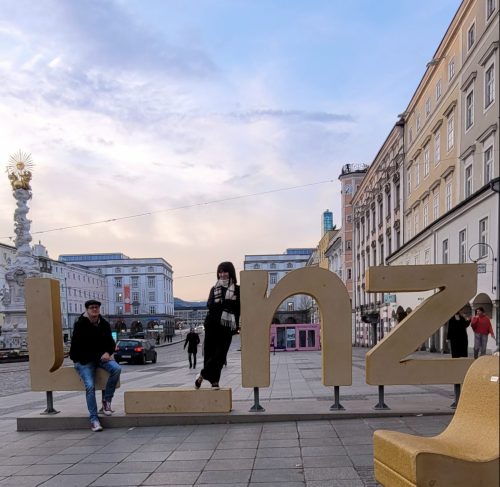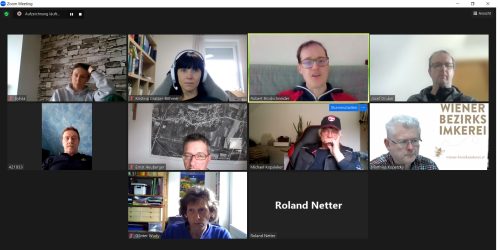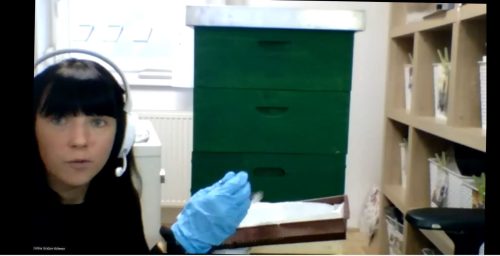Pesticides residues in honey
Josef van der Steen
September 2023
Summary
Pesticides can be detected in honey. There is nothing that a beekeeper can do about it, because pesticides are in the environment and bees collect these pesticide residues along with their food. Based on the recent EFSA report on pesticides in food, the most detected pesticides in honey are the agricultural pesticides thiacloprid, acetamiprid, bimoxystrobin, glyphosate, chlorpyriphos, fosetyl, flonicamid, boscalid, and chlorfluazuron. The varroa control substances amitraz and coumaphos were also detected. In about 4 out of 5 honey samples no pesticides were found in quantifiable amounts, and in 1 out of 5 honeys pesticides could be detected. Only in a few cases did the amount of pesticides exceed the MRL (Maximum Residue Level) threshold, but in all cases, the honey samples analysed met the food safety / trade threshold. How pesticides enter the hive, how the honey bee colony cleans the honey, and how pesticides in honey may relate to honey consumption and toxic effects, is described in this newsletter. Continue reading “PESTICIDES RESIDUES IN HONEY – CORRECTED VERSION OF NEWSLETTER OF THE 31TH SEPTEMEMBER”






